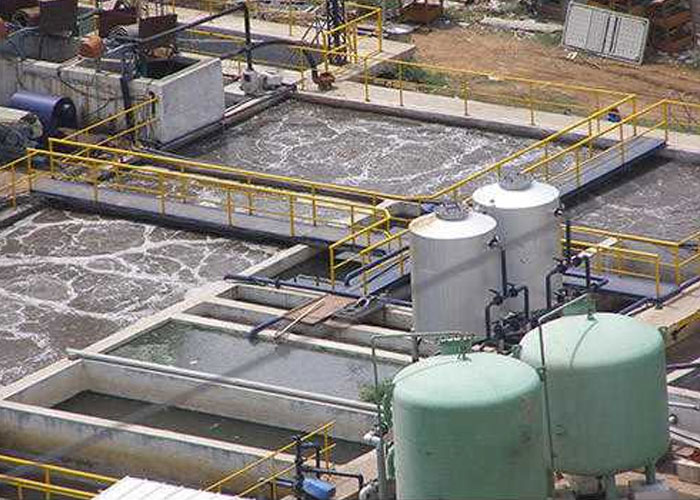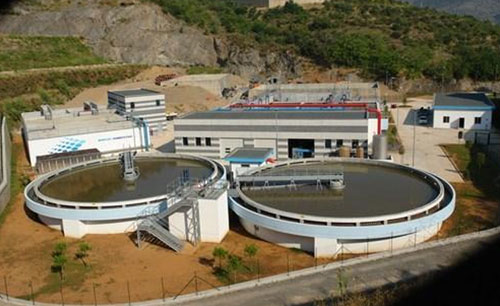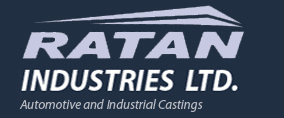In this article, we'll look at the characteristics of MBRs, including Surface roughness, Viscosity, and COD/N ratio. You'll also learn about fouling abatement measures. This way, you can choose the best option for your Effluent Treatment Plants. Listed below are some benefits of MBR technology. They're great for small to mid-sized ETPs and can help you meet all of your goals.
Depending on the location of your home, you might have to purchase an STP to handle your sewage. Generally, residential buildings need at least one STP to treat sewage. Many STPs are located underground, making them difficult to maintain. Moreover, you may not be able to inspect them without hiring an expert. It is better to consult a professional if you have any doubts about the process.
Surface roughness
An MBR technology that combines graphene oxide nanotubes with cellulose nanocrystals has improved effluent quality. Researchers fabricated a nanotube membrane using a phase inversion method and a graphene oxide-cellulose nanopowder mixture. After sonication, the mixture was transferred to a non-woven membrane and fixed in an MBR module. The process was carried out in a lab setting to assess the effluent quality.
Fouling is a significant drawback of MBR systems. Fouling reduces the efficiency of filtration and increases operational costs. Fouling rates are typically monitored by daily trans-membrane pressure (TMP), a measurement of the membrane fouling rate. The fouling rate is measured as the increase in TMP over time. However, some studies report a more accurate interpretation of the fouling rate using a resistance-in-series model.
Viscosity

The Viscosity of MBR technology for wastewater treatment has been an important topic in recent years, with a number of studies reporting improvements in effluent quality. It is an effective and efficient way to treat wastewater on a large scale. This technology works by adjusting the fluid flow through a membrane to improve effluent quality. There are a number of advantages of MBR technology.

Membrane fouling can occur for a variety of reasons. Among other things, fouling is caused by bio-macromolecular compounds and polysaccharides. In some cases, the fouling results in the membrane being unable to remove wastewater. Other times, fouling can lead to poorer effluent quality. In such cases, the membrane may need to be re-configured.
COD/N ratio
MBR technology for effluent treatment has been designed to improve COD/N ratios by reducing the amount of biomass accumulated on the membrane. By maintaining the flux below the critical flow rate, the membrane is able to reduce the amount of biomass deposited on its surface. The higher the projection of the membrane surface, the lower the EPS concentration and the greater permeability recovery following backflushing.
In MBRs, a membrane has several different properties that affect its fouling propensity. Its pore size and particle size affect the fouling process. The presence of sticky substances in the solution also helps in the attachment of materials to the membrane pore. A cake layer is formed after the continuous accumulation of bacteria clusters, and this layer increases the resistance of membrane filtration.
Fouling abatement measures
A critical issue facing effluent treatment plants is membrane fouling. Fouling occurs due to interactions between sludge and membrane material. Physical cleaning can remove some fouling, but chemical cleaning is required for irreversible fouling. Fouling occurs in a number of forms, including organic, inorganic, and biological. In long-term operations, biofouling is one of the most critical fouling problems faced by MBR technology. Organic fouling is caused by the deposition of organic matter, polysaccharides, and protein on the membrane surface.
A recent review describes the benefits of gas-bubbling in fouling abatement measures with MBR technology. This method can enhance the performance of the membrane by enhancing the air-flow velocity. Continuous aeration increases the diffusion of particles deposited on the membrane surface. Fouling abatement measures with MBR technology for effluent treatment plants
Costs
The cost of MBR technology for effluent treatments is comparable to that of FBBR. However, its operational costs are higher due to the need to use more chemicals, membrane maintenance, and labour. Also, the effluent quality is not high enough for secondary treatment standards. Additionally, MBR technology requires aerobic post-treatment. The benefits of using MBR are a better return on investment and improved water quality.
MBRs are considered less expensive than EA, which has a higher membrane depreciation charge. However, this technology is still more expensive than conventional aeration processes. The next most cost-effective option is the advanced water reclamation process. It is important to understand the cost of MBR technology before purchasing it. Cost comparison will help you decide whether or not MBR is suitable for your facility.







































Share Post